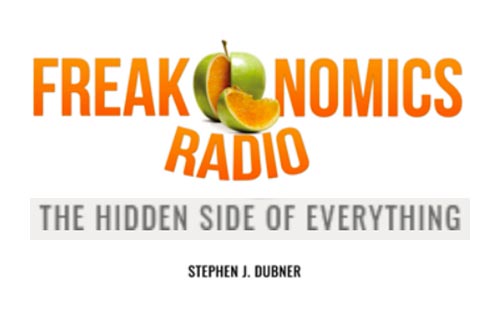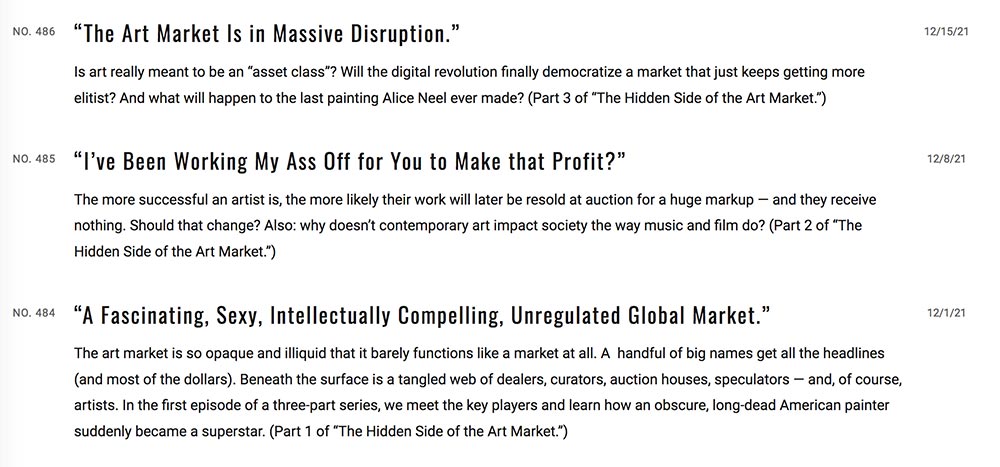Many artists I know are avid podcast listeners, some even make their own. Freakonomics, featured mostly on public radio stations has an excellent three-part series that is a must listen for any artist or consumer who wants a peek inside the dark morass that is the global art market.
 While the numbers may be higher in Northeast (according to a Northeaster newspaper poll) Freakonomics stated that nationwide only about 25% of the population goes to art shows or museums and only 20% own a piece of original art. The current system of galleries and collectors started in 1957. One podcast commentator described it as “the credentials of the buyer are as important as the price.”
While the numbers may be higher in Northeast (according to a Northeaster newspaper poll) Freakonomics stated that nationwide only about 25% of the population goes to art shows or museums and only 20% own a piece of original art. The current system of galleries and collectors started in 1957. One podcast commentator described it as “the credentials of the buyer are as important as the price.”
The podcast also explores how art as investment has landed 90% of the world’s best pieces into warehouses, perhaps to be loaned to museums occasionally.
The last two years have converted a lot of art exhibition energy (literally, art fairs and exhibits have a big carbon footprint) into online and cryptocurrency sales. Such platforms have potential to democratize and promote accessibility, and give the artists a more direct line to track and benefit from the sale of their work.
While not presenting an optimistic view of how artists can actually thrive in the money pool of high end sales, the podcast series shines a light on the mysteries of why most artists don’t make the true value off of their own work. The savvy collectors and art auction houses who see the opportunity and have the networks to sell and resell artworks seem to be the ones who take the financial windfalls. Freakonomics does a compelling, memorable job of telling this story with lots of charm and interesting stories.
One fascinating story within the series is one featuring clips from a documentary in which the late artist Robert Rauschenberg talked about his friend selling a piece of Rauschenberg’s he had originally purchased in the late 70s for $900. The painting resold in auction for $85,000, an unheard-of amount at that time. The story showcased how the trend of high-end art purchases started, and how such sales raised the prices that Rauschenberg was then able to charge for his art.
As a point of reference, a painting by the artist Jean-Michel Basquiat was sold in 2021 for $110.5 million. There are many insights that might give an artist some new ideas on how to take a stab at trying to find a way into this unregulated global market. Take a listen, I think you will find it worth your time.

The three episodes to look for are 484, 485, and 486, at https://freakonomics.com/series/freakonomics-radio/ or follow Freakonomics Radio on Apple Podcasts, Spotify, Stitcher, or wherever you get your podcasts.
They also provide transcripts, show notes, and links to research for each episode.
—by Josh Blanc
